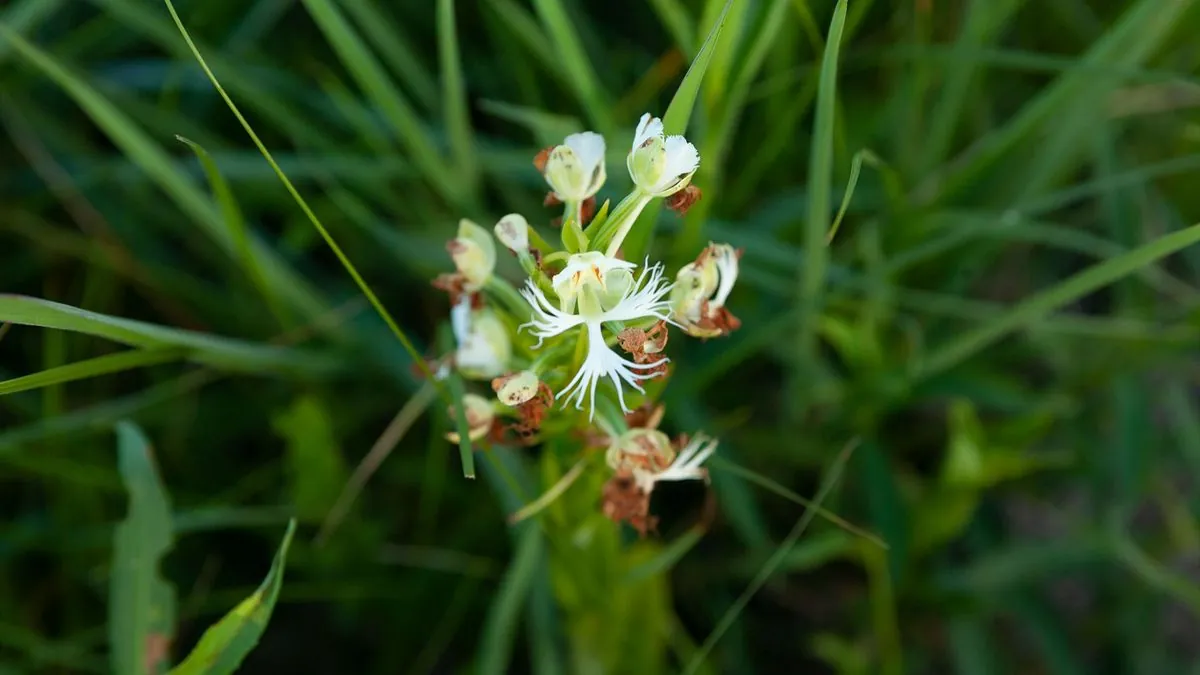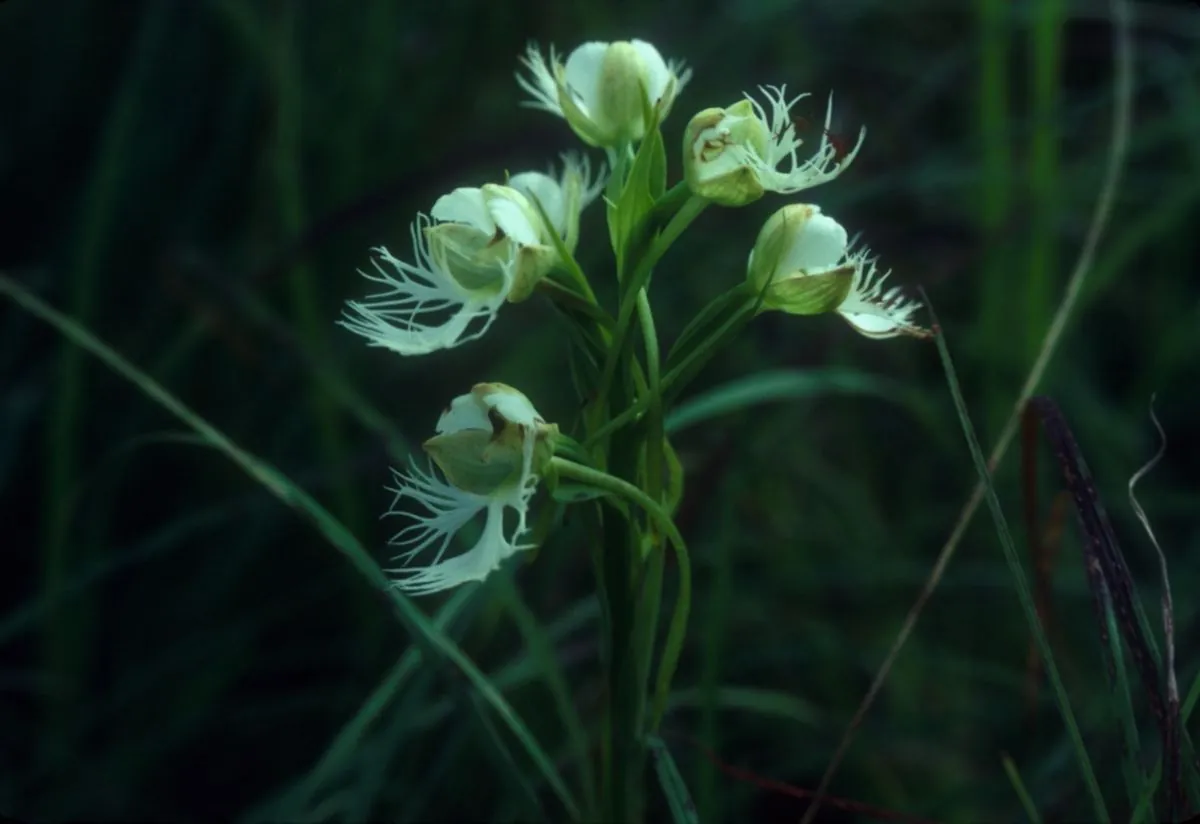Elusive Prairie Orchid Sparks Scientific Quest in North Dakota
Researchers in North Dakota are unraveling the mysteries of the threatened western prairie fringed orchid. Their work involves tracking, soil analysis, and nocturnal pollinator studies to understand this rare species' ecology.

In the remote tallgrass prairies of North Dakota, a rare botanical treasure is the focus of an intensive scientific investigation. The western prairie fringed orchid, a threatened species protected under the Endangered Species Act, has captured the attention of researchers from North Dakota State University in Fargo.
This elusive plant, known for its striking white blooms, is more than just a beautiful flower. It serves as a crucial indicator of ecosystem health, particularly in the vanishing tallgrass prairie habitat. Steve Travers, an associate professor at the university's Department of Biological Sciences, describes the orchid as "spectacular" and emphasizes its importance in understanding rarity and ecosystem connectedness.
The research team, led by graduate students, is employing a variety of methods to study the orchid's reproduction and its relationship with pollinators. Their work includes:
- GPS tracking of individual plants
- Soil sampling and analysis
- Monitoring via trail cameras
- Collecting genetic material from visiting insects
- Nocturnal observations using blacklights

The western prairie fringed orchid, scientifically known as Platanthera praeclara, was first described in 1891 and can grow up to 4 feet tall. It's found in only five U.S. states and one Canadian province, with its habitat reduced to less than 1% of its original range. The species relies on specific soil moisture conditions and symbiotic relationships with soil fungi to thrive.
Hawkmoths are the primary known pollinators of this orchid, possessing proboscises long enough to reach the nectar deep within the flower's spur. However, graduate student Trinity Atkins is investigating the possibility of daytime pollinators as well, using environmental DNA (eDNA) metabarcoding techniques.
The research is not without its challenges. Josie Pickar, another graduate student, describes long days in the field, dealing with ticks, crossing beaver dams, and navigating through bear territory. Finding the orchids when they're not in bloom is particularly difficult, likened to searching for a brown stick in a vast green field.
Conservation efforts for the western prairie fringed orchid involve both habitat protection and management. The species was listed as threatened in 1989, and recovery plans include in-situ and ex-situ conservation strategies. Climate change poses a significant threat to its survival, along with habitat loss and pollinator declines.
Julianne McGuinness from the North American Orchid Conservation Center notes that about 60% of native orchids in the U.S. and Canada are rapidly disappearing. She emphasizes the role of orchids as early indicators of ecosystem decline, describing them as "the canary in the coal mine for the rest of our ecosystems."
As the research continues, the team hopes to unravel more mysteries surrounding this unique prairie dweller. Their findings could prove crucial in preserving not only the western prairie fringed orchid but also the broader tallgrass prairie ecosystem it represents.
"I have a hell of a hard time finding it sometimes. And when people see it the first time, there's like almost this rapid intake of breath. I mean, it's so big and it's just spectacular."
This ongoing study underscores the importance of biodiversity conservation and the role of rare species in maintaining ecological balance. As researchers work tirelessly to understand and protect the western prairie fringed orchid, their efforts contribute to the broader goal of preserving our planet's rich natural heritage for future generations.


































